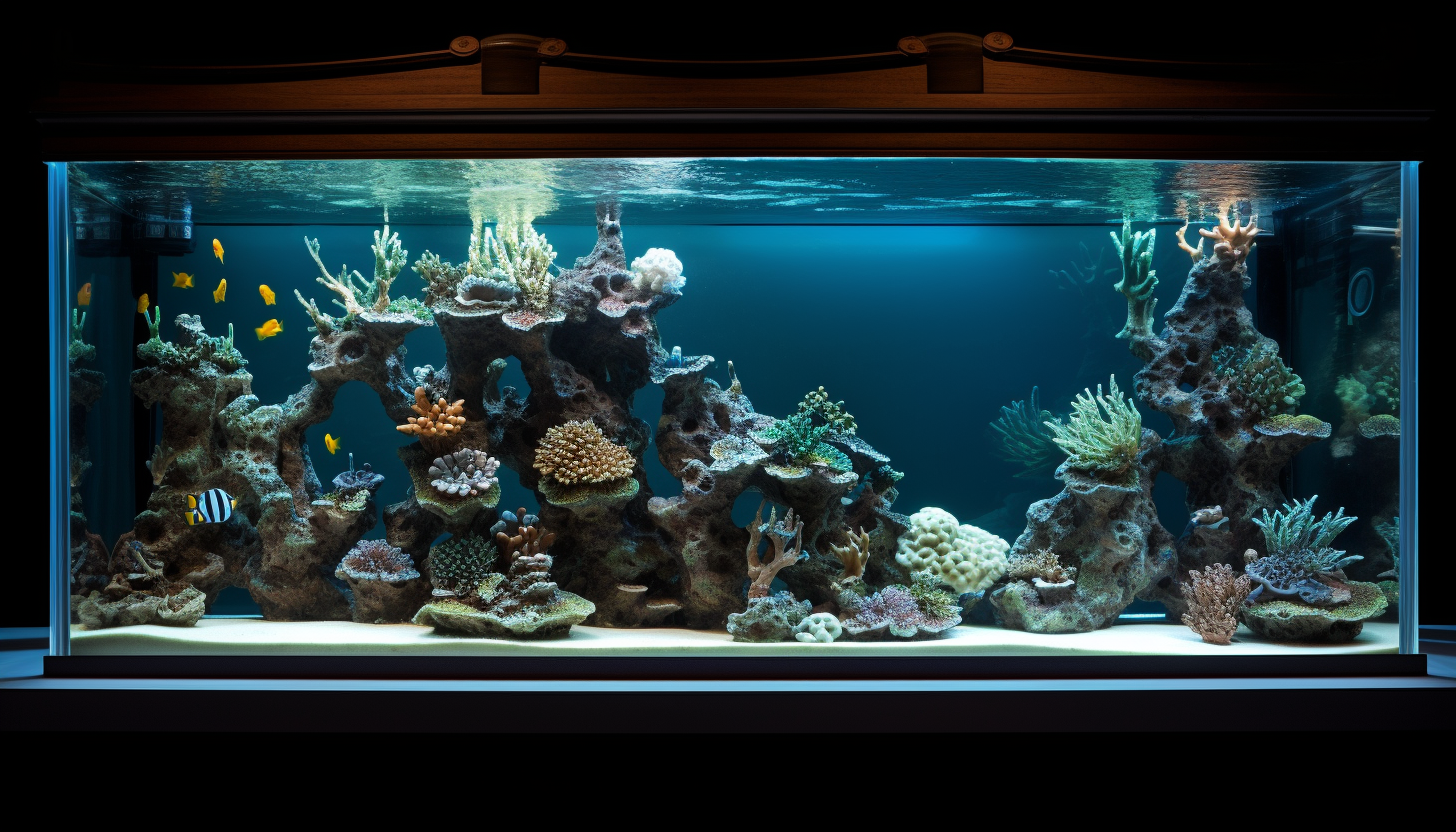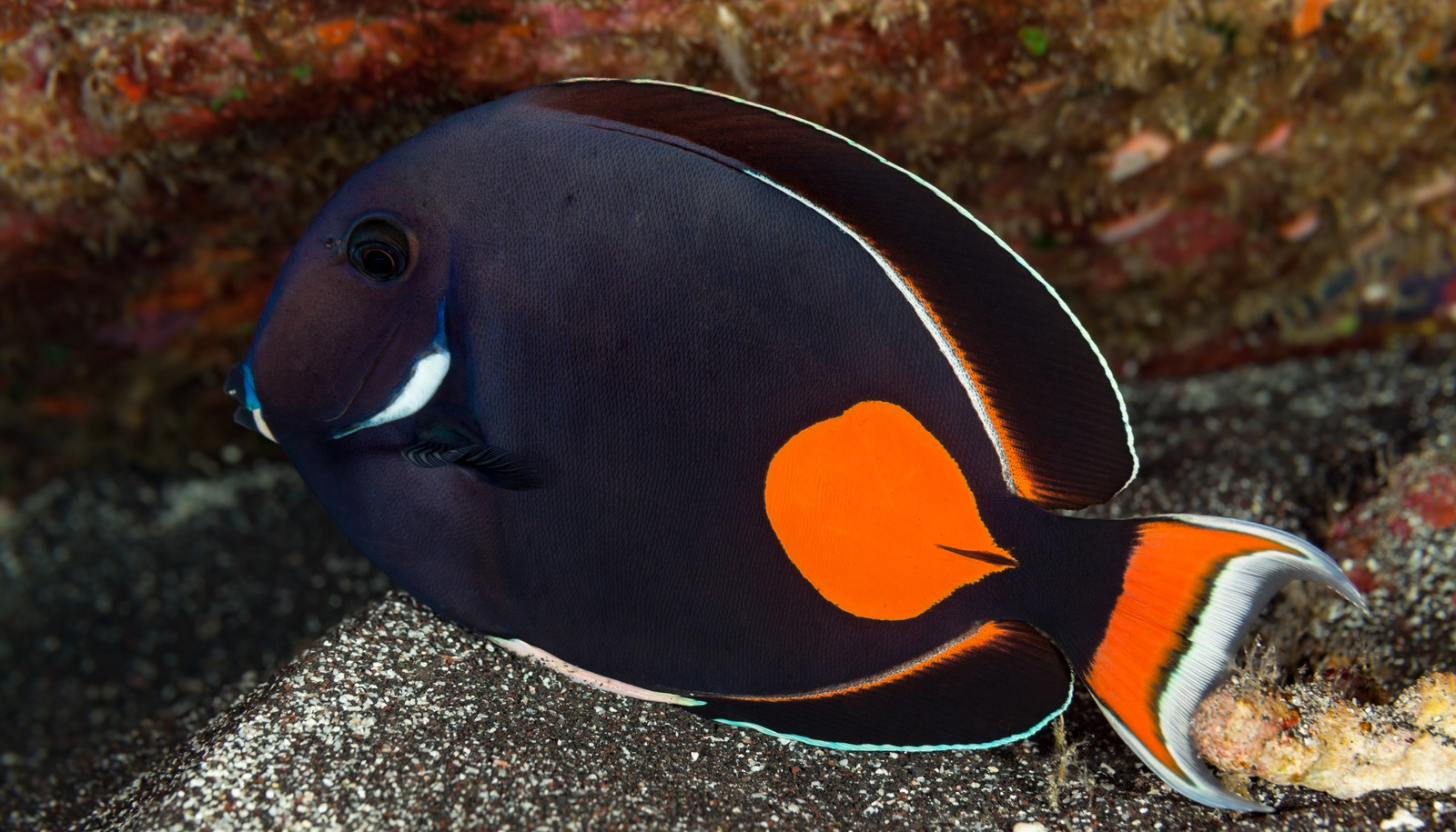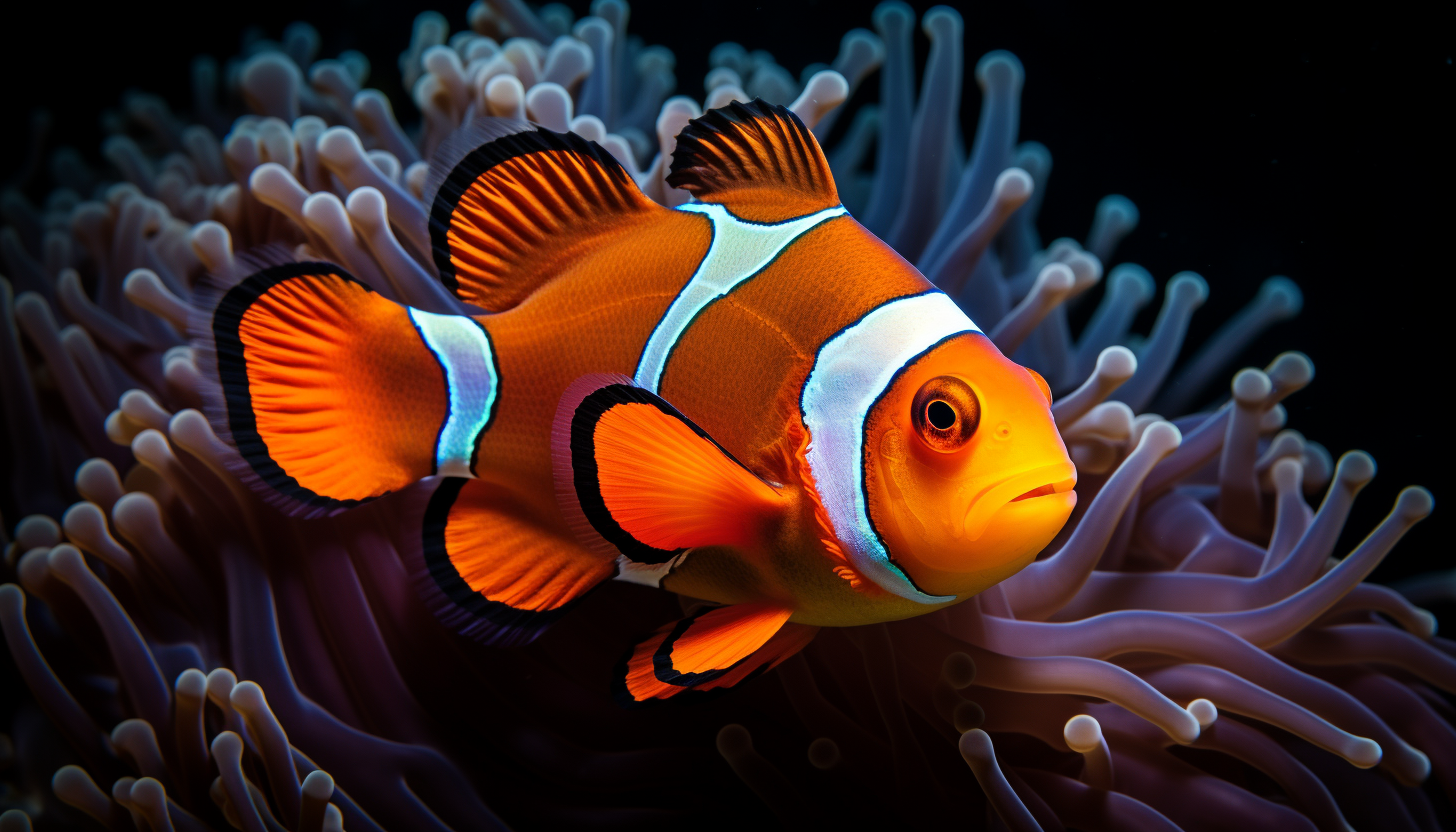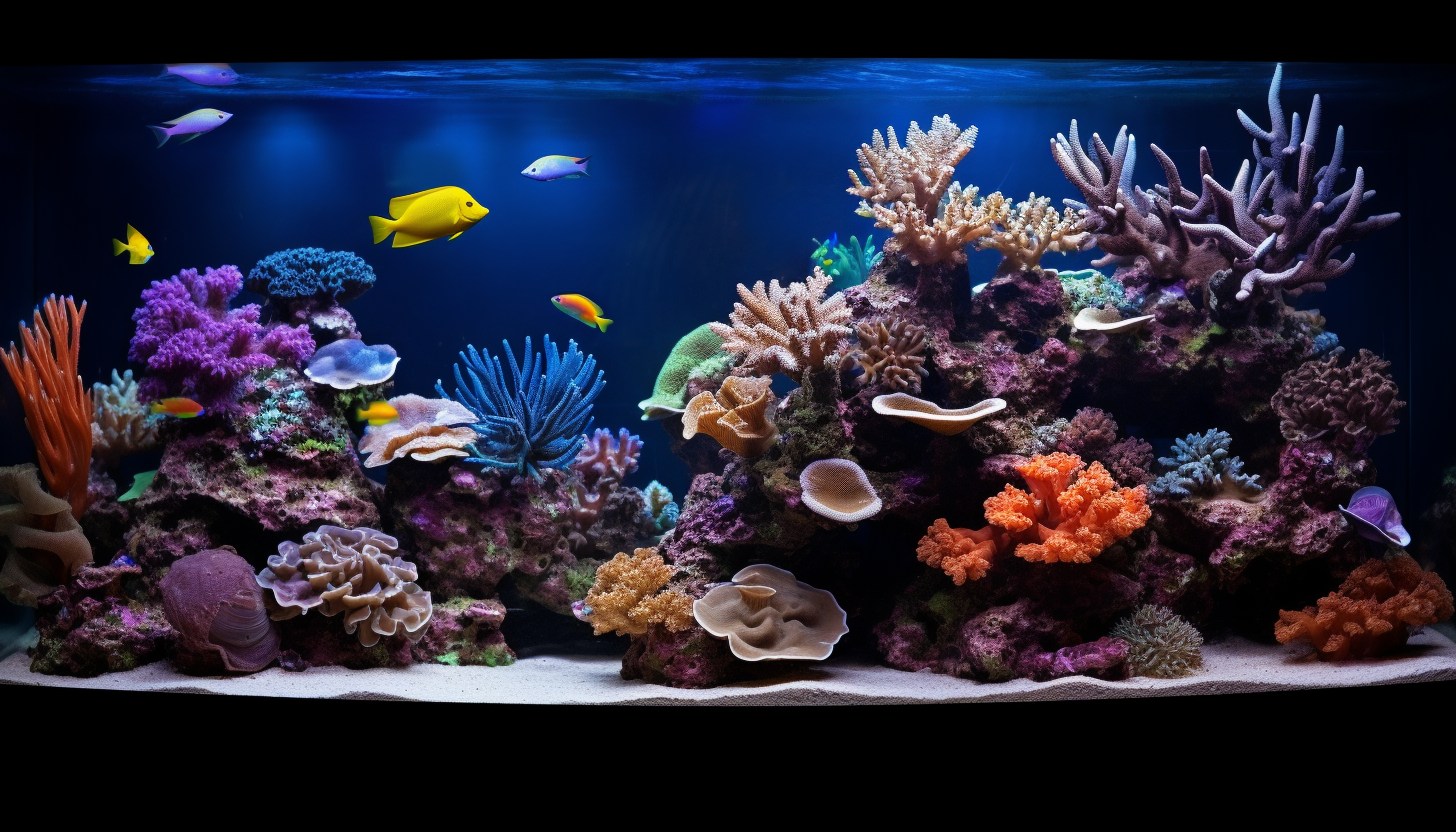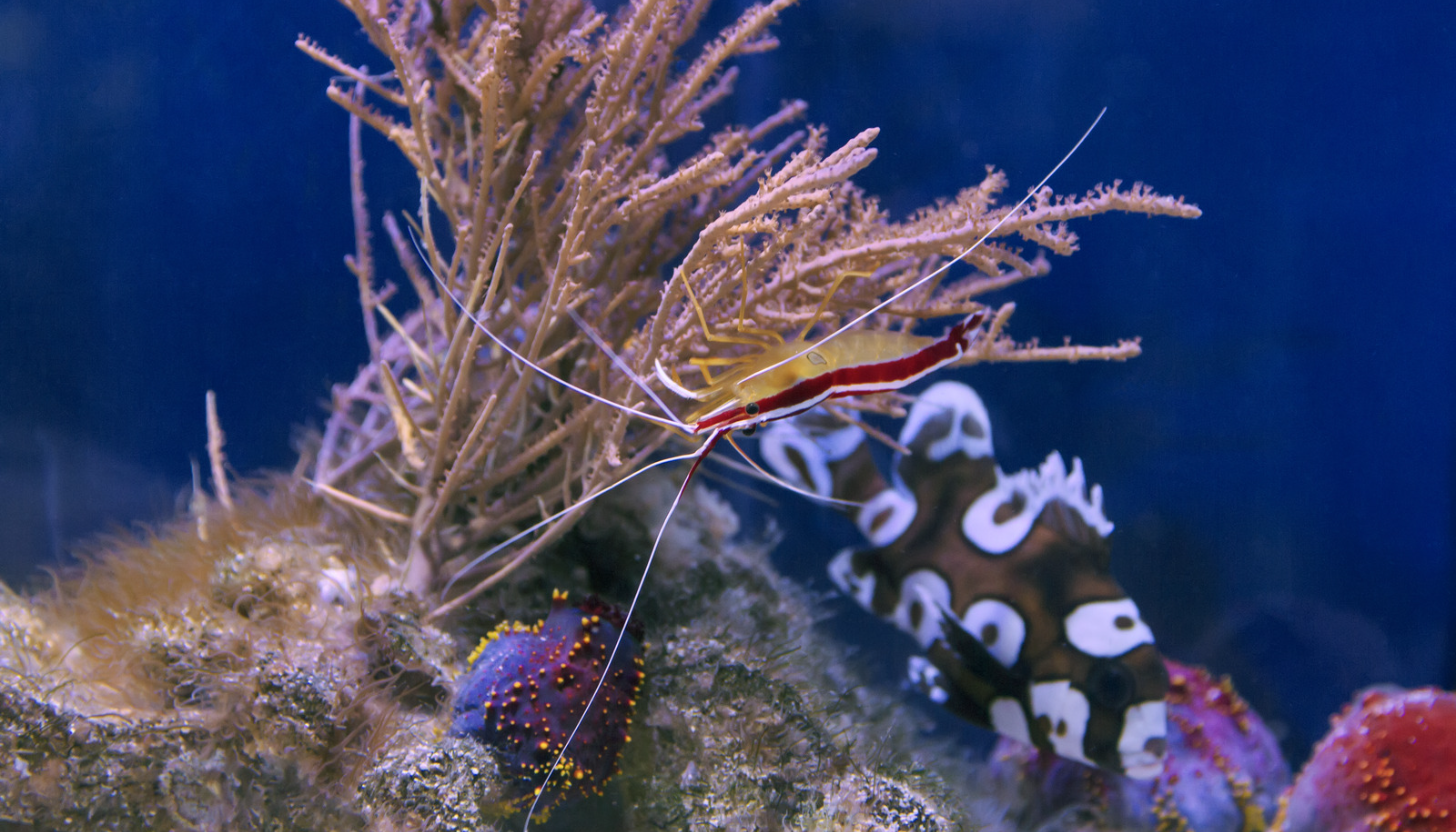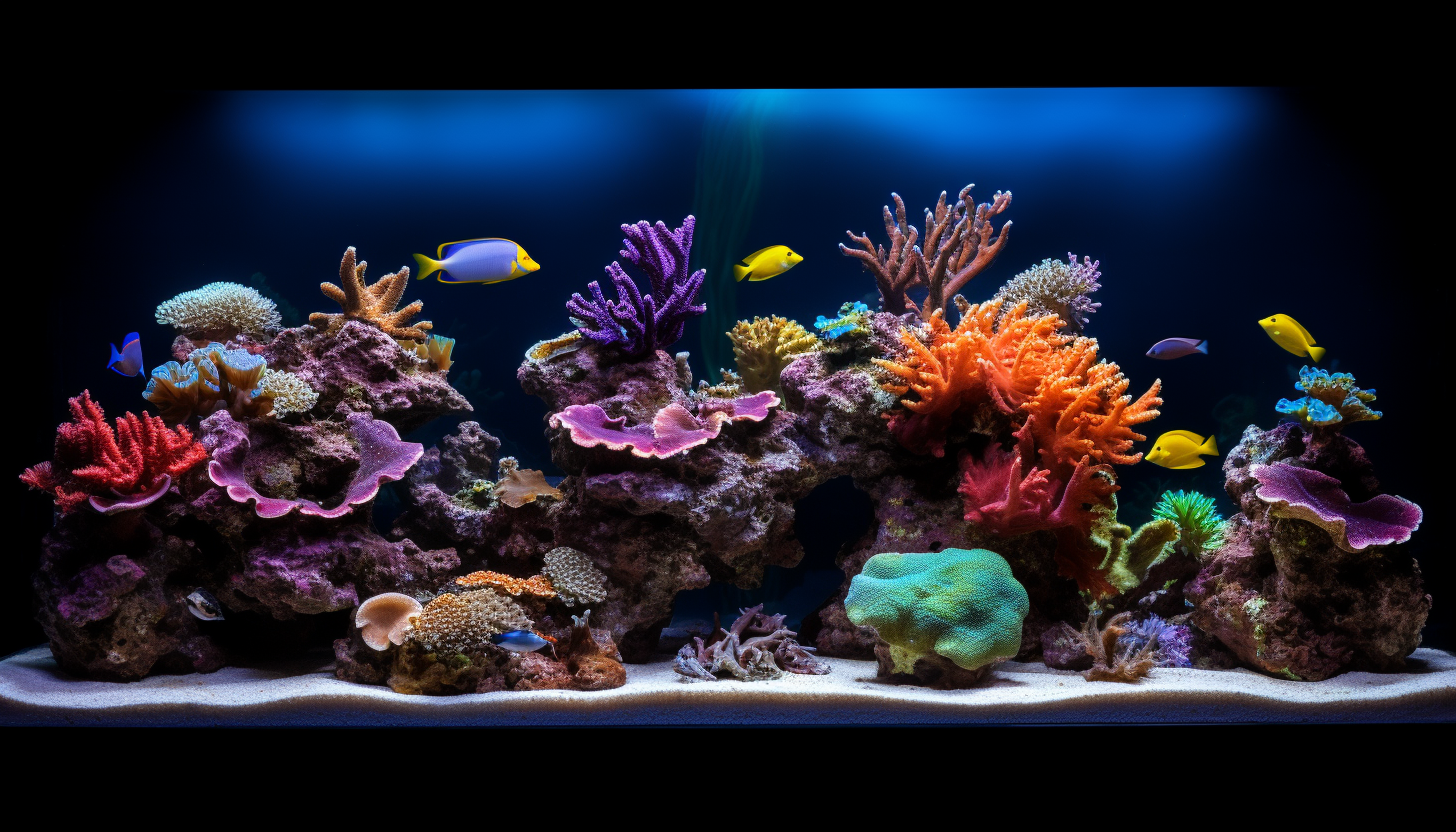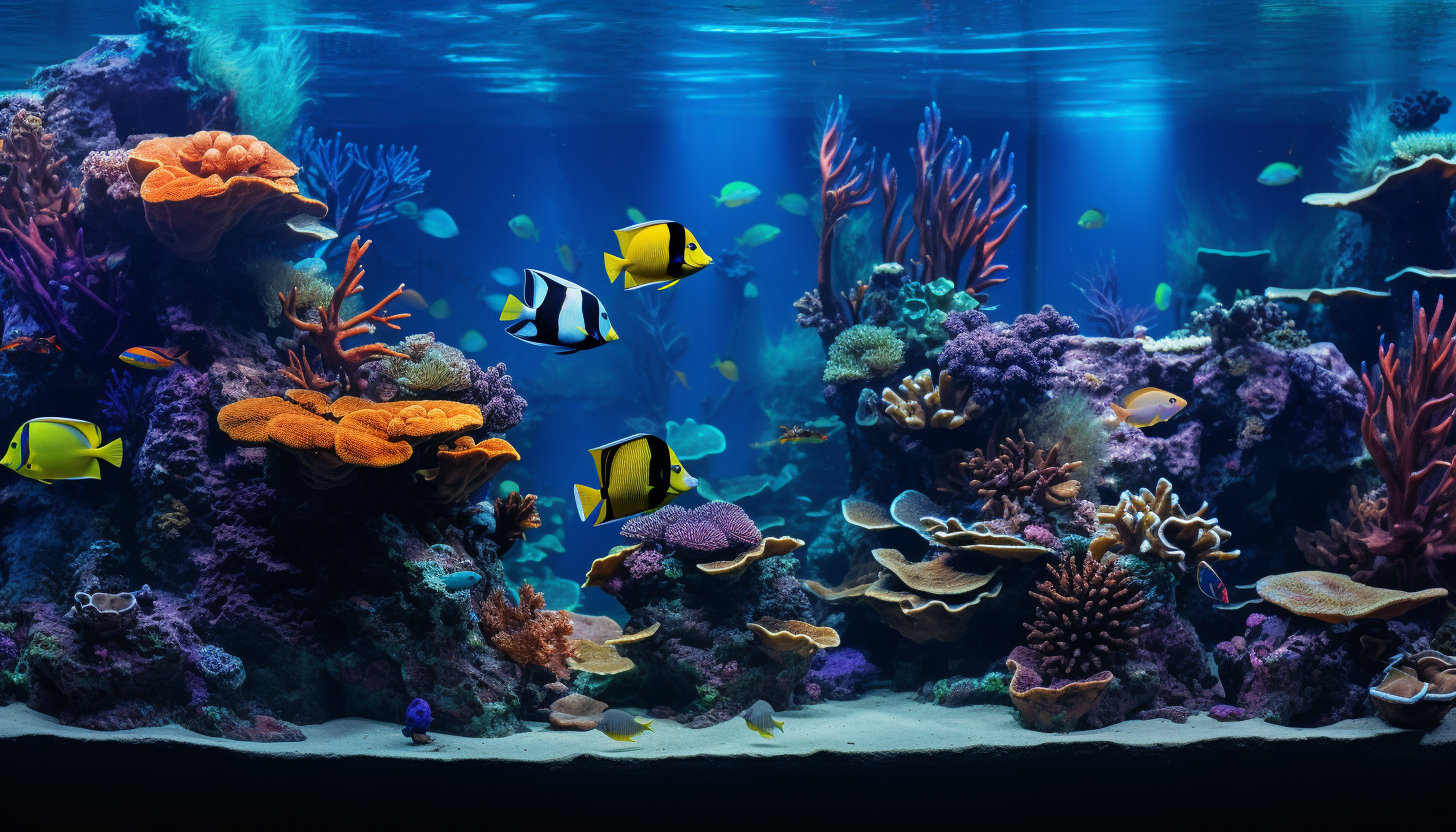Choosing the Right Aquarium: A Detailed Guide
Choosing the Right Aquarium: Setting the Stage for Your Underwater Adventure
Stepping into the world of saltwater aquariums is a thrilling journey. One of the first and most critical decisions you’ll make is choosing the right aquarium. It’s not just about finding something that fits your decor—your aquarium needs to meet the needs of your future underwater inhabitants. Let’s dive into what you need to consider.
Size: Bigger Can Be Better
One of the first things you’ll notice when shopping for aquariums is the vast range in size. From petite nano tanks of less than 10 gallons to large installations that hold hundreds of gallons, there’s an aquarium for every space. But what’s the right size for a beginner?
- Nano tanks (10 gallons or less): While these small tanks might seem like a good starting point, they can actually be more challenging to maintain due to their sensitivity to changes in water conditions.
- Medium tanks (20 to 40 gallons): These tanks are often recommended for beginners. They offer a balance between maintenance and stability, as larger volumes can buffer against fluctuations in water parameters.
- Large tanks (50 gallons and above): While they require more maintenance, larger tanks provide more room for your marine life and can create stunning displays. However, they’re a significant investment in terms of both time and money.
Material: Glass or Acrylic?
Aquariums are typically made from one of two materials—glass or acrylic. Each has its own advantages and drawbacks:
- Glass aquariums: Glass is more scratch-resistant than acrylic, maintaining long-term clarity. It’s usually heavier and offers fewer shape options, but it’s also generally less expensive.
- Acrylic aquariums: Acrylic is much lighter than glass and can be molded into a variety of shapes (think beyond the standard rectangle). It’s more impact-resistant but scratches more easily. While scratches can be buffed out, extra care is needed when cleaning.
Shape: Not Just About Aesthetics
The shape of your aquarium can have significant effects on your fish. Here are a few options:
- Rectangular aquariums: The most common shape, it provides plenty of surface area for gas exchange, which is crucial for maintaining oxygen levels in your tank.
- Bowfront aquariums: These tanks bulge outward in the front, providing an intriguing panoramic view. However, the curve can distort the view of your fish and decorations.
- Cylinder aquariums: These provide a 360-degree view, but the smaller surface area can limit oxygen exchange.
- Cubed aquariums: These tanks can be an aesthetically pleasing option for smaller species or a nano reef setup.
Consider the species you wish to keep and their swimming patterns. For example, long, narrow tanks are better for active swimmers, while taller tanks can accommodate species that prefer vertical swimming space.
Pre-Drilled Holes or Reef Ready Tanks
Some tanks come pre-drilled with holes for equipment like sump pumps and overflow boxes, making it easier to set up more complex filtration systems. If you’re planning a larger reef tank, you might want to consider these “reef-ready” options.
Selecting the right aquarium can feel like a big decision, but it’s also an exciting step on your saltwater aquarium journey. Remember, your choice will be the foundation for your underwater world, so take the time to consider what will work best for you and your future marine inhabitants. As always, The Reef’s Edge is here to help guide you through this process. Happy fishkeeping!
Newsletter Signup
Never miss an article. Get new insights delivered right to your inbox.
